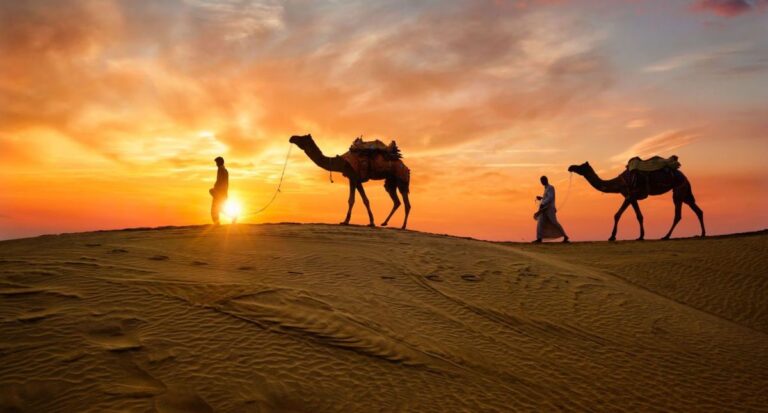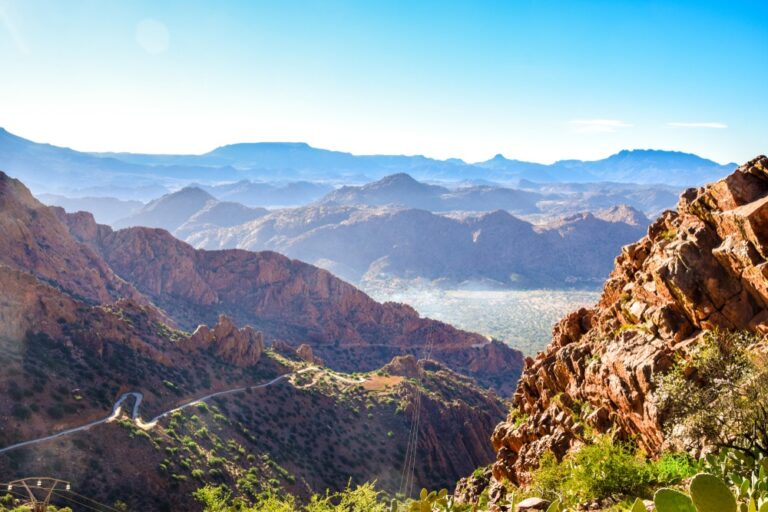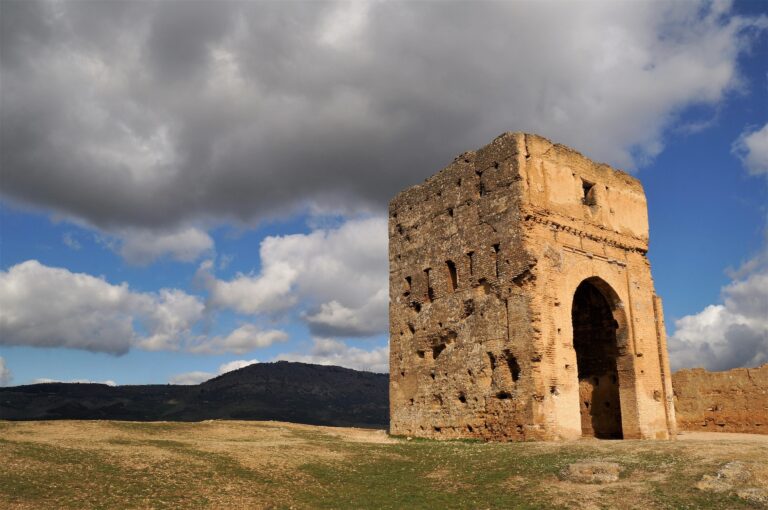Beyond the Beaten Path: Southern Morocco’s Untouched Trails
When most travelers think of Morocco, their minds drift to the bustling medinas of Marrakech, the imperial grandeur of Fes, or the golden dunes of Merzouga. But venture south of the Atlas Mountains, beyond the well-trodden tourist trails, and you’ll uncover a raw, untamed Morocco where ancient traditions thrive and landscapes feel almost otherworldly. Here, in the Anti-Atlas region, Draa Valley, and the Sahara’s hidden corners, adventure beckons those willing to stray from the map.
Table of Contents

1. The Anti-Atlas: Where Time Stands Still
While the High Atlas Mountains draw hikers with their accessibility, the Anti-Atlas —a rugged, lesser-visited range stretching toward the Atlantic—is a realm of forgotten villages, lunar-like plateaus, and Berber communities that have preserved their way of life for centuries.
Tafraoute: Pink Rocks and Almond Blossoms
Start in Tafraoute , a sleepy town surrounded by striking pink granite boulders and lush valleys. In spring, the hills erupt in white almond blossoms, a spectacle that draws few tourists but plenty of charm. Hike the Ameln Valley , where mud-brick villages cling to slopesides and mules outnumber cars. Visit a local home for tagine bil lham (meat tagine) and mint tea, and listen to stories of Amazigh (Berber) legends passed down through generations.
Aït Mansour Gorge: A Hidden Oasis
Just an hour east lies Aït Mansour Gorge , a narrow canyon flanked by towering cliffs. Follow a shaded trail past date palms and olive groves to discover the tiny village of Tizourgane , where women weave intricate carpets using techniques unchanged for centuries.
Pro Tip: Rent a 4×4 and hire a local guide to navigate the unpaved roads. The journey itself is part of the adventure.
2. Draa Valley: A River of Palms and Kasbahs
Stretching 200 kilometers from the High Atlas to the desert, the Draa Valley is a ribbon of greenery slicing through arid landscapes. Once a vital caravan route, it’s dotted with crumbling kasbahs (fortified castles), palm groves, and oases that feel like mirages.
Agdz: Gateway to the Draa
Base yourself in Agdz , a modest town with a rich history. Explore the Kasbah Taourirt , a mud-brick masterpiece now partially restored, then wander the surrounding fields where farmers still use ancient khettara (underground irrigation systems).
Tamegroute: Pottery and Desert Vibes
Head south to Tamegroute , famous for its green-glazed pottery and Quranic library. Visit the 17th-century Nur al-Din Zawiya (a Sufi shrine) and hike to the nearby Desert of the Red Dunes , where winds sculpt shifting sands into dramatic waves.
Local Insight: Stay in a family-run gîte rural (country guesthouse) for a taste of home-cooked cuisine—think lamb with honey and saffron or rfissa , a savory pancake layered with lentils.
3. Sahara’s Secret Corners: Beyond the Golden Dunes
Most Sahara tours end at the iconic Erg Chebbi dunes near Merzouga, but southern Morocco’s desert expanses hold quieter, more intimate treasures.
M’Hamid El Ghizlane: The End of the Road
Once a bustling hub for trans-Saharan caravans, M’Hamid El Ghizlane is now the starting point for multi-day treks into the Sahara’s uncharted territories. Join a camel caravan to explore Erg Aïdat , a sea of dunes where the silence is broken only by the wind. Spend nights in nomadic camps under skies so clear, the Milky Way feels within reach.
Oasis of Fint: A Hidden Paradise
Tucked between rocky outcrops near Zagora, the Oasis of Fint is a lush, palm-fringed pool accessible only via a narrow footpath. Locals guard this secret fiercely, so ask permission before visiting—and come prepared to swim in its cool, turquoise waters.
Iriki Lake: A Mirage Come True
Seasonal Lake Iriki , near the border with Algeria, transforms the desert into a shimmering expanse after winter rains. Arrive at dawn to watch the sun rise over its mirror-like surface, surrounded by nothing but silence and sand.
Pro Tip: Visit in late autumn or early spring to avoid extreme desert temperatures. Always travel with a reputable guide for multi-day expeditions.
4. Why These Adventures Matter
Southern Morocco’s remote regions are more than just scenic escapes—they’re living museums of Berber culture, sustainable practices, and resilience against modernization. By supporting local guesthouses, cooperatives, and guides, travelers contribute to preserving these fragile ecosystems and communities.
For example, in the Anti-Atlas, initiatives like the Argan Oil Women’s Cooperatives empower rural women while protecting the endemic argan forest. In Draa Valley, agritourism projects help farmers sustain traditional agriculture amid climate challenges.
Plan Your Journey: Insider Tips
- Best Time to Visit: October–April for mild desert weather; avoid summer heat.
- Getting There: Fly into Ouarzazate or Agadir, then drive south. Domestic flights to Zagora or M’Hamid are limited.
- Transport: A 4×4 vehicle is essential for off-road exploration. Consider hiring a driver-guide fluent in local dialects.
- Responsible Travel: Respect local customs (dress modestly, ask before photographing people) and minimize plastic waste.
Final Thoughts: The Road Less Traveled
Southern Morocco rewards the curious traveler with landscapes that defy imagination and encounters that linger in the soul. Here, adventure isn’t about ticking off landmarks—it’s about immersing yourself in a world where time moves slower, horizons stretch endlessly, and every twist in the road holds a story.
As the Amazigh saying goes: “If you listen to the desert, it will tell you secrets.” So pack your sense of wonder, leave the crowds behind, and let southern Morocco whisper its truths.
[Your Name] is a freelance travel writer and advocate for sustainable tourism. Follow their journeys on @WanderlustMaghreb .*






